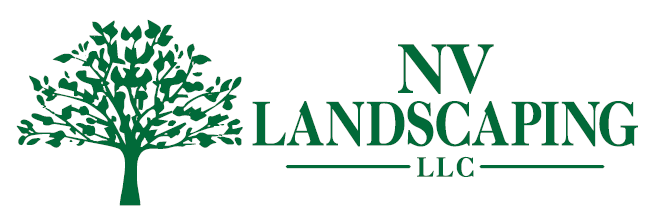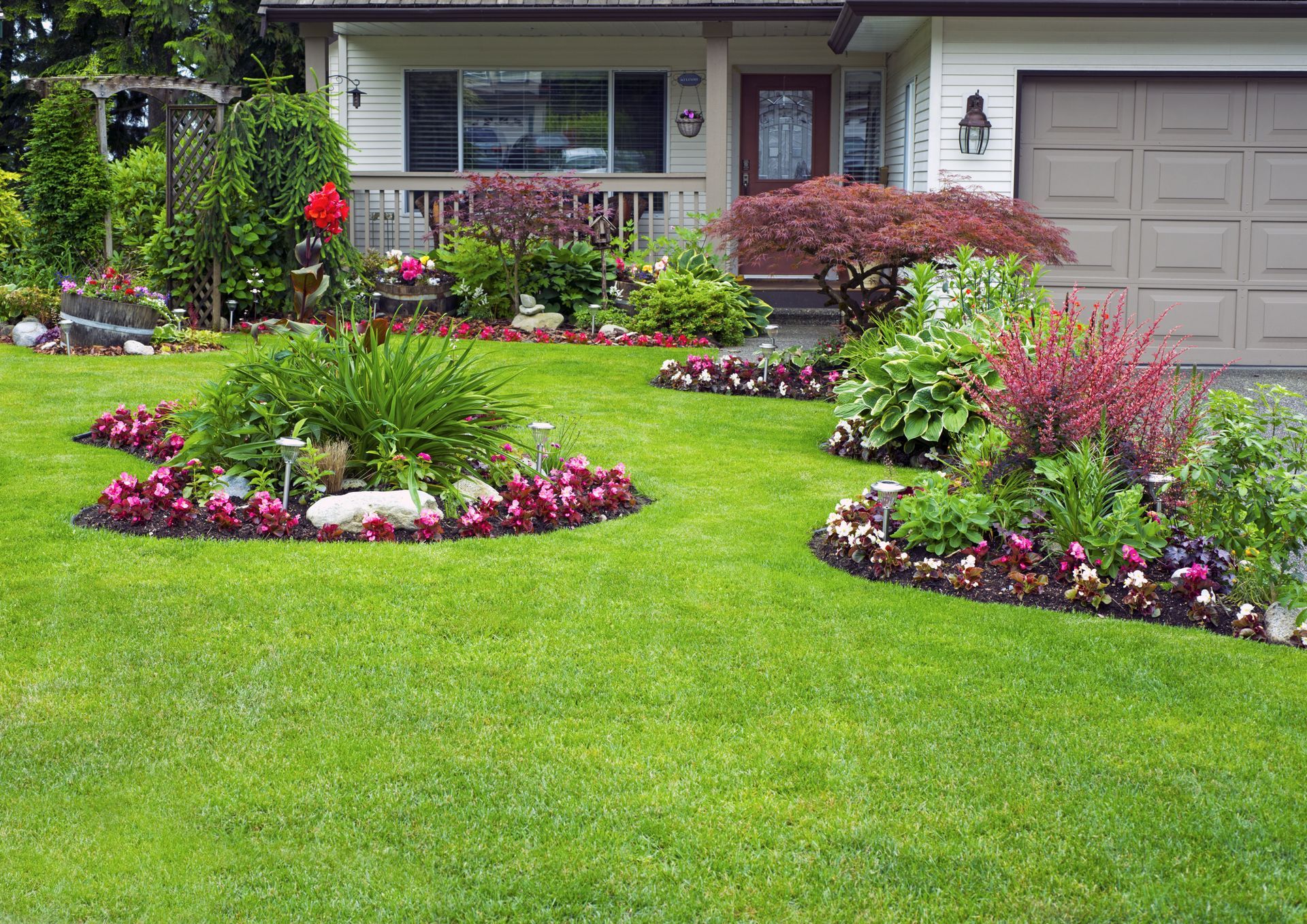Ensuring Success: Setting Expectations for Your Landscaping Project
In the world of landscaping services, setting clear expectations is vital to ensuring customer satisfaction and fostering long-term relationships. Clients often approach landscaping professionals with a vision in mind, and it is the landscaper's responsibility to align this vision with achievable outcomes. By laying down a strong foundation of expectations, both clients and service providers can enjoy a streamlined project experience with minimal misunderstandings. This article explores the processes and strategies landscaping professionals can utilize to effectively communicate and manage client expectations. From understanding client needs to incorporating modern trends and technologies, setting expectations is a multifaceted aspect of landscape project management.
Conducting Initial Consultations
Initial consultations serve as the cornerstone of setting expectations in any landscaping project. In these meetings, professionals have the opportunity to gauge client needs, preferences, and desired outcomes. Landscapers need to ask insightful questions that allow clients to articulate their vision vividly. Through active listening, landscapers can identify the specific goals clients have in mind, which helps in crafting tailored solutions. The consultation process is a two-way street, enabling both parties to establish a relational rapport that forms the basis for a successful project.
During initial consultations, landscaping professionals should also aim to assess any potential challenges or constraints that may arise throughout the project lifecycle. These may include environmental factors, available resources, or regulatory requirements that must be carefully managed. By gaining insight into these aspects early, landscapers can develop a realistic approach to the project while aligning with client expectations. This phase is also a valuable time to discuss any previous experiences clients have had with landscaping projects, which can inform the approach and execution of future initiatives. Establishing open communication channels from the outset is critical in avoiding misunderstandings later on.
The client-consultation phase is an ideal setting to discuss various landscaping styles and designs. Clients may have certain visual preferences they wish to incorporate into a project, which requires an understanding of different landscaping trends and themes. Professionals can provide examples or samples of past work to inspire and guide client decisions. According to Home Guide, mowing one acre of land could take up to 60 minutes, a fact that highlights the importance of time estimation during these discussions. By clearly discussing these elements, landscapers can create an actionable plan that meets client expectations efficiently.
Determining Scope of Work
Defining the scope of work is a crucial step in landscaping projects that demands careful consideration and planning. This process involves detailing the specific tasks, deliverables, and responsibilities involved in bringing a project to fruition. Through defining the scope, landscapers can develop a comprehensive understanding of the client's needs and the resources required to achieve these goals. This also lays the foundation for actionable milestones and project phases that guide the execution path. Additionally, a clearly defined scope helps clients to visualize the progression and objectives of the project, cultivating transparency and clarity.
Effective scope definition requires separating the project into manageable segments, taking into account factors such as labor, materials, equipment, and time. Each segment offers opportunities to assess and allocate resources efficiently, ensuring that the project remains on track and within budget. The importance of accuracy during this phase cannot be overstated, as any unforeseen changes or discrepancies can lead to project delays or additional costs. A well-structured scope of work facilitates progress tracking, enabling clients to remain informed of developments and any necessary adjustments. This clarity fosters the client’s confidence in the landscaper's ability to deliver expected results.
When determining the scope of work, landscaping professionals must emphasize the importance of flexibility and adjustment. Landscape projects often involve dynamic elements that could change or evolve, requiring the landscaper to maintain adaptability. Setting this expectation with the client ensures that both parties understand and accept the potential for necessary adjustments without disrupting project harmony. Open dialogues about potential changes or extensions within the project scope further enhance cooperative efforts and mitigate potential disputes. By fostering an adaptable approach, landscapers can navigate challenges effectively while maintaining their commitment to delivering on client expectations.
Identifying Design Preferences
An essential aspect of effective expectation-setting in landscaping services is the ability to accurately identify a client’s design preferences. Each client comes with a unique set of aesthetic tastes and design sensibilities that should guide the landscape's overall appearance. As such, it is the responsibility of the landscaper to capture this vision while providing professional expertise and design recommendations. Engaging clients in dialogue about their ideal themes, color palettes, and specific features allows landscapers to customize their approach, ensuring designs align with the client's envisioned outcomes.
Incorporating client feedback into the design process is a crucial element of achieving satisfactory results. Collaborating with clients to develop visual concepts and renderings enables both parties to explore creative possibilities and address potential concerns early in the process. To that end, landscapers can utilize a variety of tools such as sketches, mood boards, and digital design software to deliver an accurate depiction of the anticipated design. Leveraging these tools not only enhances client interactions but also aids in illustrating the transformative process from concept to completion. By prioritizing the client's vision throughout the design process, landscapers can accomplish results that exceed expectations.
While recognizing a client's preferences is important, it is equally essential to ensure that designs remain practical and feasible. Landscapers must strike a balance between aesthetic aspirations and functional considerations, making sure that designs are sustainable, maintainable, and suited to the site's characteristics. For example, wildlife-friendly designs may require specific planting techniques and maintenance routines that align with the client’s environmental values. By presenting comprehensive designs that factor in both enthusiasm and practicality, landscapers can navigate the complexities of expectation-setting successfully. Ultimately, aligning on exciting and attainable designs lays the groundwork for a rewarding project outcome.
Setting Budgetary Limits
Budgetary discussions can often be a sensitive topic, yet they are an integral part of managing expectations effectively. Landscaping professionals must approach these conversations with transparency and openness, creating an atmosphere where budgetary limitations and possibilities are openly explored. Approaching budget planning cooperatively with clients helps landscapers to provide realistic estimates for various project elements, mitigating the risk of unforeseen costs or financial stress. Furthermore, establishing clear financial guidelines early in the planning process helps to prioritize project elements and align expectations accordingly.
Comparable to other project components, the budgetary phase requires careful consideration and detailed analysis of resources and expenses. A comprehensive budget provides a blueprint of the project’s financial needs, encompassing materials, labor, equipment, and maintenance costs. By breaking down costs into identifiable categories, landscapers can ensure client awareness of financial responsibilities, allowing them to make informed decisions. This financial transparency adds to a sense of shared accountability and trust, reinforcing the collaborative partnership between landscaper and client. Establishing budgetary guidelines serves as a preventative measure against potential conflicts or disputes regarding financial commitments.
Setting clear expectations is the backbone of every successful landscaping project. From the first consultation to final budget discussions, transparent communication ensures both clients and landscapers are aligned on goals, timelines, and deliverables. When professionals take the time to understand client preferences, define the scope of work, and establish realistic financial parameters, they create an environment built on trust and collaboration. This proactive approach not only minimizes misunderstandings but also enhances client satisfaction and long-term loyalty. For
landscaping services you can count on, contact NV Landscaping today.









Share On: